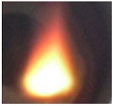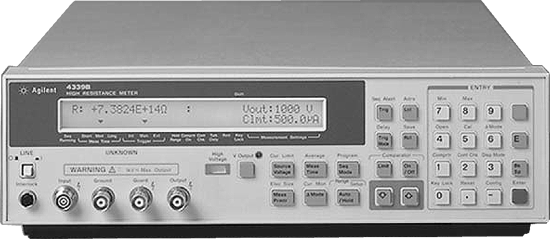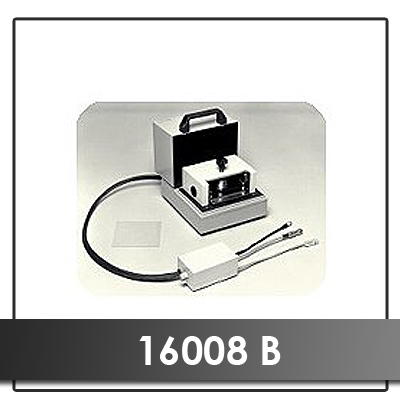FACILITIES
These equipment are registered in ERRIS (Engage in the Romanian Research Infrastructures System)
Click on ERRIS to get to the page.
Click on ERRIS to get to the page.
A HIGH-PERFORMANCE ULTRASONIC DEVICE: Hielscher- UIP1000hdFor mixing, homogenizing, dispersing, deagglomeration, emulsifying, disintegration and sonochemical applications. |
 |
LITE SPIN COATER: WS-400-6NPPIt is typically employed for Solvent, Base or Acid-based processing: Coating, Etching, Developing, Rinsing-Drying and Cleaning. |
 |
SOXHLET EXTRACTION SYSTEMUsed for continuous extraction of solids with a suitable solvent |
 |














